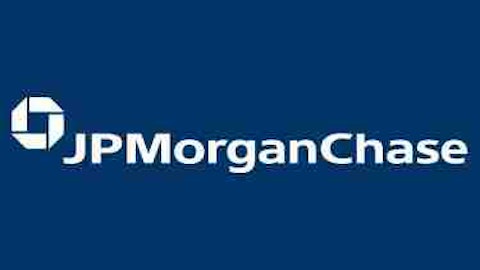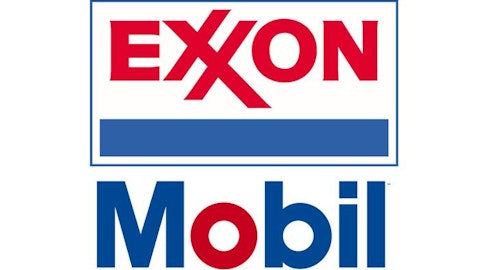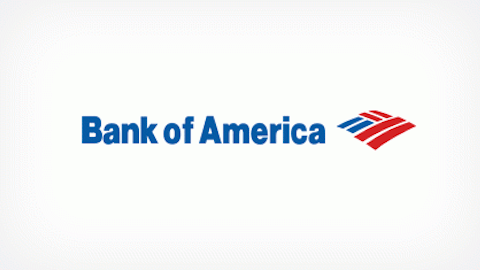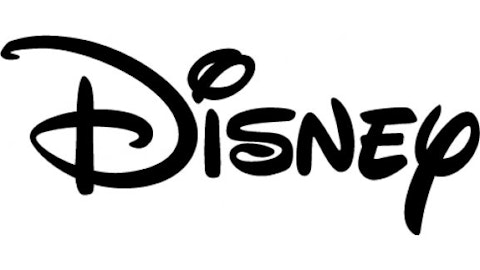The Federal Reserve just released stress test results for the nation’s largest financial institutions. It paints an altogether flattering impression of the U.S. banking sector as a resilient, functional financial system; an impression that is not entirely accurate. Also, according to Bloomberg Law, the U.S. Department of Justice is now seeking guilty pleas from bank subsidiaries that were involved in creating the financial crisis. Its stated reason for pursuing the subsidiaries instead of the parent companies is so that investors don’t get spooked and start fleeing the parent company’s stock. To sum it up:
1. We have fixed the systemic flaws in our financial system so that it can weather any storm.
2. We cannot risk prosecuting banks, because the world will end.
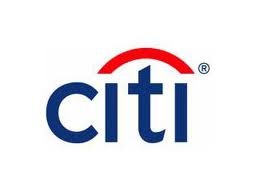

Obviously they’ve managed significant gains despite the scandal, but how did they do it? Well, they focused on cost-cutting efforts, and although the severity of the cuts vary from bank to bank, the central tenets were the same:
- Scale back investment banking operations
- Reduce compensation pools
- Restructure internal compliance mechanisms
Granted, the financial industry as a whole is seeing gains but the material point is that litigation is not hurting these banks in the short to medium-term, and it will definitely make them safer in the long-term. Barclays PLC (ADR) (NYSE:BCS) and UBS are far from perfect, but the media attention and costliness of their transgressions are forcing them to adapt their behavior. The key is incentives.
Incentives
When examining the possibility of future bank misconduct, it is important to consider the current system of incentives for and against illegal activity. LIBOR fixing, predatory lending, and off-balance sheet activities carry huge money-making opportunities for banks, therefore the consequences must be proportional to dissuade people. For example, mortgage-backed securities in Europe have to be sold as covered bonds, which ensures that the credit risk stays with the bank that monetized the mortgages. Banks there are incentivized to engage in high-quality lending (that decreases the likelihood of default), because they are carrying the risk. Not only does this prevent a housing bubble that taxpayers would ultimately have to pay for, but it is important for shareholders as well. When a bank has little to no exposure to the downsides of derivatives, it will naturally be more irresponsible. And most importantly, the International Accounting Standards Board doesn’t allow those positions to be moved off the balance sheet, so that investors and regulators can get a clearer picture of these banks’ financial states.
JPMorgan Chase & Co. (NYSE:JPM), Bank of America Corp (NYSE:BAC), Citigroup Inc. (NYSE:C)
American banking is a different game altogether. The evolving narrative of global banking is that Europe’s financial sector is plagued by problems while the U.S. financial sector has seen a strong recovery. If you read the FDIC’s Quarterly Banking Profile, you could be forgiven for believing that the systemic risks associated with American banks have been dealt with. Collectively, the sector pulled in a whopping $34.7 billion last quarter, non-performing loans continued to drop, Tier 1 capital ratios rose to 20-year highs, and loan loss provisioning is finally easing. Sounds like a sweet deal, right?
However, Yalman Onaran of Bloomberg News writes that if we “[applied] stricter accounting standards for derivatives and off-balance-sheet assets” then Bank of America Corp (NYSE:BAC), JPMorgan Chase & Co. (NYSE:JPM) and Citigroup Inc. (NYSE:C) would be “twice as big as they say they are — or about the size of the U.S. Economy.” Onaran points out that “if the banks used international standards for derivatives and consolidated mortgage securitizations, the ratio for JPMorgan Chase & Co. (NYSE:JPM) and Bank of America, the two largest U.S. lenders, would fall below 4 percent. It would be just above 4 percent for Citigroup and Wells Fargo.”
Taking into account these off-balance-sheet assets would significantly change our understanding of American banks’ ability to withstand external shocks. Suddenly the 20-years high in Tier 1 capital is less comforting, and the slowdown in loan loss provisioning is downright scary.
And let’s not forget the resurgence in speculative real estate investments. Federal Reserve Chairman Ben Bernanke has intimated that he will keep interest rates low to sustain the recovery, but another credit bubble might be the unintended consequence of such monetary policy. His colleague on the FOMC, Jeremy Stein sums it up best when he said “prolonged period of low interest rates, of the sort we are experiencing today, can create incentives for agents to take on greater duration or credit risks, or to employ additional financial leverage, in an effort to ‘reach for yield'”.
The Foolish bottom line
If the DOJ prosecutes parent banks it would collapse the banking industry. False.
Unlike their European counterparts, American banks are out of the woods. False.
If these tidbits of conventional wisdom were true, it would be hard to reconcile them with the fact that all these banks (except for UBS) are trading below book value. The truth is that prosecuting a bank doesn’t do half as much damage as not prosecuting a bank, because letting them go signals the green light for more excessive risk taking. Heck, they should be drawing up some traders and executives on criminal charges to set an example for future offenders. But we all know that won’t happen.
It’s an open secret that financial industry lobbyists and bank regulators have a cozy working relationship, so its no surprise that financial reform has been a mile wide but only an inch deep. The revolving door between regulators and the banks they oversee means that their personal interests often align, and it is in their interests to perpetuate these myths. But individual investors must be vigilant about reading between the lines. When U.S. Accounting rules allow big banks to shave $7 trillion off of their balance sheets, you should be really worried about what you don’t know.
The article The Fed’s Stress Tests Are Meaningless originally appeared on Fool.com and is written by Gaurav Seetharam.
Copyright © 1995 – 2013 The Motley Fool, LLC. All rights reserved. The Motley Fool has a disclosure policy.
